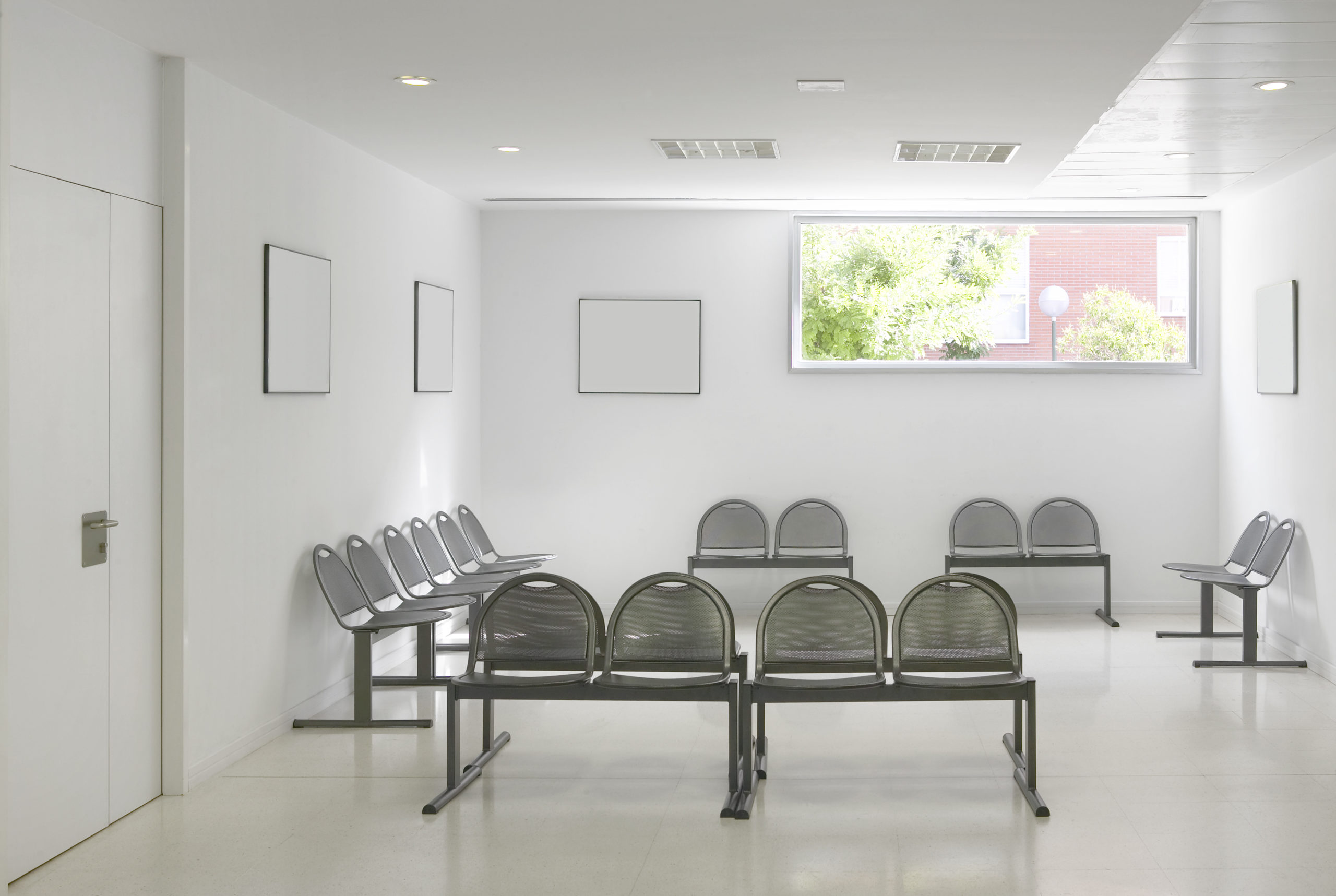Your waiting room is the first impression that your patients have of your medical practice, and you can’t afford for it to be a poor one. If they see you having difficulty getting something as basic as this right, what hope will they have for your level of medical care and customer service? Whether it’s at emergency services or the doctor’s office, patients generally spend a significantly longer amount of time in the waiting area than they ever do seeing a medical professional. It’s long been known that there is a correlation between waiting room experiences and perceived quality of healthcare.
When you’re planning your waiting area, you need to consider ways to reduce patient anxiety, provide positive distractions, provide a visually pleasing area, and keep the area comfortable. Here are just a few great items for your checklist to provide the best waiting area for your medical practice.
Use a calming color scheme

Patients enter your medical practice for a purpose, and that typically involves injury, illness, or possibly both. Even for routine checkups, patients may be nervous about their experience, so it’s always best to calm them as much as possible. A TV in the waiting room can do a great job at providing entertainment, or soothing music over the intercom can be a good choice. Something else that’s worth considering is the level of color you use in your waiting area.
Typically, medical waiting areas use neutral colors like white, gray, or beige, which is great. It’s important not to discount the role that color psychology can have on patients. Blue and green are known to be tranquil, soothing colors, so they’re both great options for a medical waiting room. Some blue furniture or blue paint around door frames are both good ways to work the color in, and you can incorporate green with some indoor plants. Being near plants provides a mood boost, not to mention that they remove co2 from the air and replace it with fresh oxygen.
Keep safe distractions for small children

Children get sick frequently, so it’s always important to have safe toys like magnetic blocks in a medical waiting room. High-quality children’s books and toys may help distract them from their illness, which their parents will no doubt be grateful for. While it’s not exactly reasonable to expect an ill toddler to keep quiet during a long wait, giving them the ability to look at picture books or play with magnets and building blocks will likely keep the waiting room quieter than having nothing.
Make sure the room stays comfortable

Just like in your home, the HVAC system at your medical practice should always be properly maintained. The last thing you need is for your air conditioning to go out in the late summer months, like Aug., or for your furnace to start acting up in the winter. Make sure to schedule annual maintenance with someone like this HVAC in Northwest Indiana service. This helps ensure that your AC unit and heating system will stay operational when you need them, and it prevents small problems from turning into expensive repairs.
Speaking of air, you’ll want to keep the air quality in your medical office high as well, especially given all the scares with COVID-19. Changing your HVAC air filters will help prevent dust and other debris from circulating your office, but it’s a good idea to invest in air purifiers as well. The best purifiers have multiple levels of filtration, which can remove the vast majority of airborne particles from the air, including viruses. There’s a growing body of evidence to suggest that indoor air is often even more polluted than outdoor air, and that’s the last thing you want patients to think about the air in your medical office.




